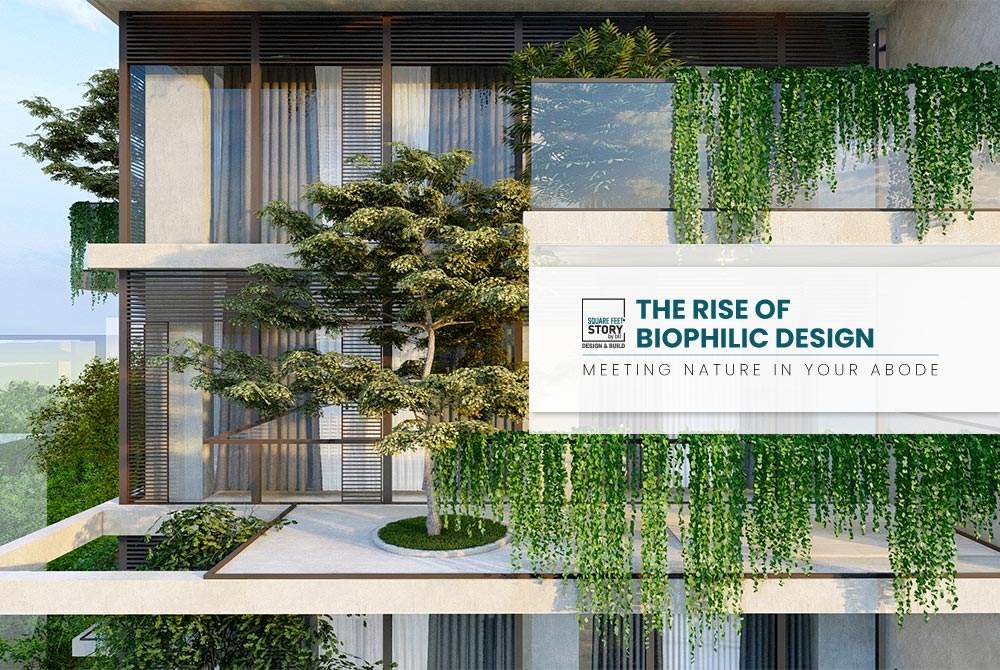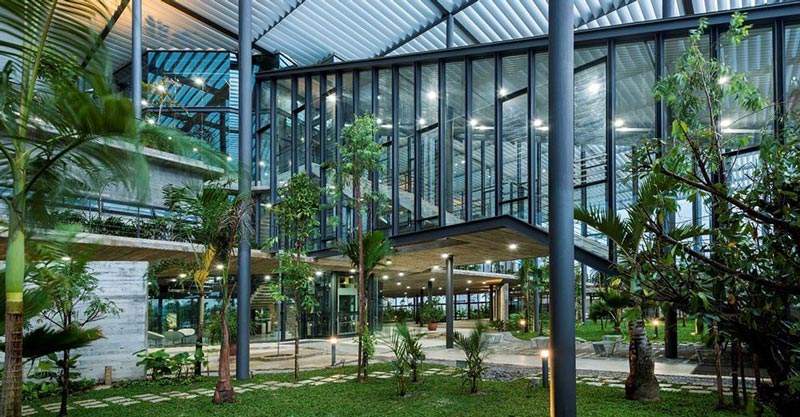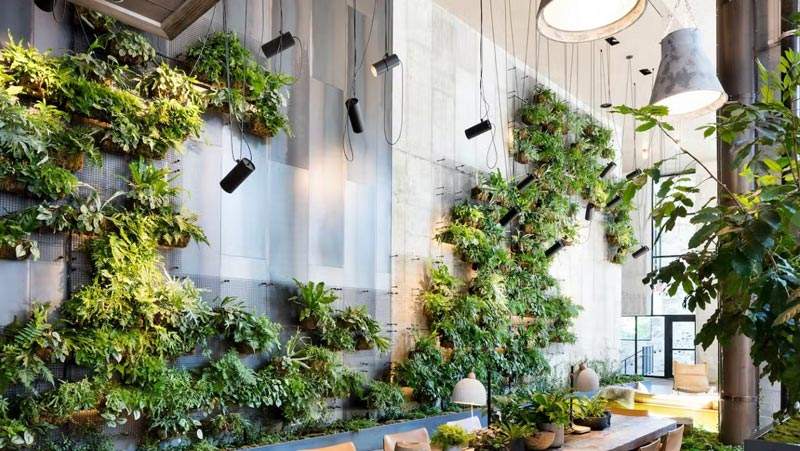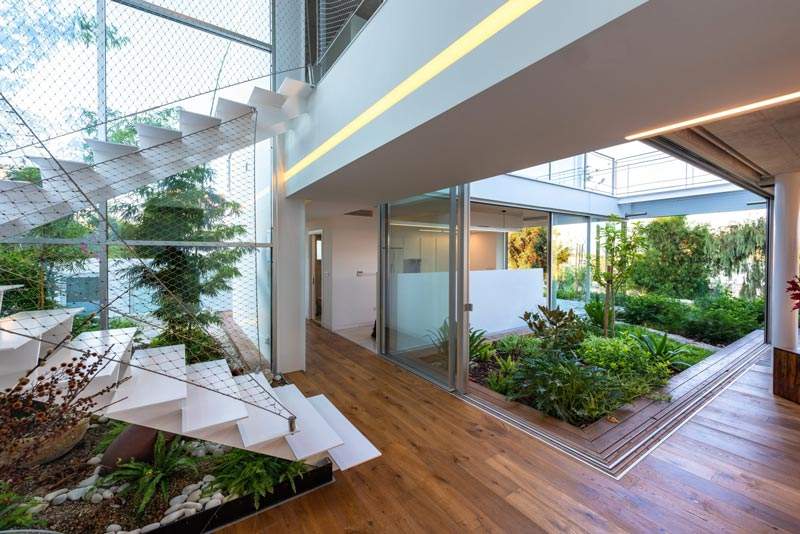
The Rise of Biophilic Design: Meeting Nature in Your Abode
What happened in 1984? One of the most prominent and prestigious real estate companies of Bangladesh, building technology and ideas limited (bti) initiated its journey in 1984. But, what else? Well, an American biologist named Edward O. Wilson postulated a scientific hypothesis on ‘Biophilia’ in 1984. Biophilia literally means ‘love for life’. He discovered how being close to nature helps human’s physical and mental wellbeing. Taking this very theory into account architects and designers endeavored to incorporate natural elements into architectural and interior designs.

Nature has always been an essential part of human life, and its positive impact on our physical and mental well-being has been extensively researched. In recent years, architects and designers have been incorporating the principles of biophilic design to promote a deeper connection with nature in built environments. Biophilic design is the art of integrating nature into the architecture, enhancing our connection with the natural world and contributing to the health and well-being of the occupants.
Biophilic design is based on the idea that we have an instinctive connection with nature, and incorporating natural elements into our living spaces can have a positive impact on our well-being. The philosophy behind biophilic design is to create built environments that mimic the natural environment, with the aim of improving our physical, emotional, and cognitive health.
Elements of Biophilic Design
Biophilic design encompasses a range of design elements, including access to nature, natural lighting, use of natural materials, and greenery. Here are some of the elements that can be incorporated into biophilic design:
Access to Nature: Incorporating direct or indirect views of nature, such as windows, balconies, or courtyards, can promote a sense of tranquility and well-being. Access to nature can also be achieved through the use of natural materials such as wood, stone, or water features.
Natural Lighting: Maximizing the use of natural light through the use of skylights, clerestory windows, or light shelves, can create a bright and healthy indoor environment. Natural lighting also has a positive impact on circadian rhythms, which can improve sleep patterns and promote overall well-being.

Use of Natural Materials: Accommodating natural materials such as wood, stone, or bamboo into the design can create a sense of warmth and comfort, and promote a connection with nature.
Greenery: Plants and trees are known to have a calming effect on people and can contribute to improved physical and mental health. Incorporating plants or green walls into the design can improve indoor air quality, reduce stress levels, and promote a sense of calm and well-being.
Water Bodies: Water is a crucial element in biophilic design as it has a calming effect on people, and its sound and reflection can mimic nature. Incorporating water features in buildings and outdoor spaces can create a therapeutic environment that helps reduce stress levels and increase well-being. Water features can take various forms, including fountains, ponds, and pools.
Benefits of Biophilic Design
The benefits of biophilic design extend beyond our individual health and well-being. Biophilic design can have a positive impact on the environment by promoting green architecture and sustainable living. Here are some of the benefits of biophilic design:
Reduced Stress Levels: Access to nature and natural light can help to reduce stress levels, lower blood pressure, and improve our overall sense of well-being.

Improved Cognitive Function: Incorporating natural elements into the design can enhance cognitive function, boost creativity and productivity, and improve our ability to concentrate and learn.
Better Air Quality: Greenery and natural ventilation systems can improve indoor air quality, reducing the incidence of respiratory illness and promoting a healthy living environment.
Biophilic architecture can promote green living by encouraging sustainable practices, such as the use of natural materials and the implementation of green infrastructure. As we continue to combat the challenges of a rapidly changing world, it is essential that we embrace the principles of biophilic design. By doing so, we can create a better future for ourselves, our communities, and our planet.

